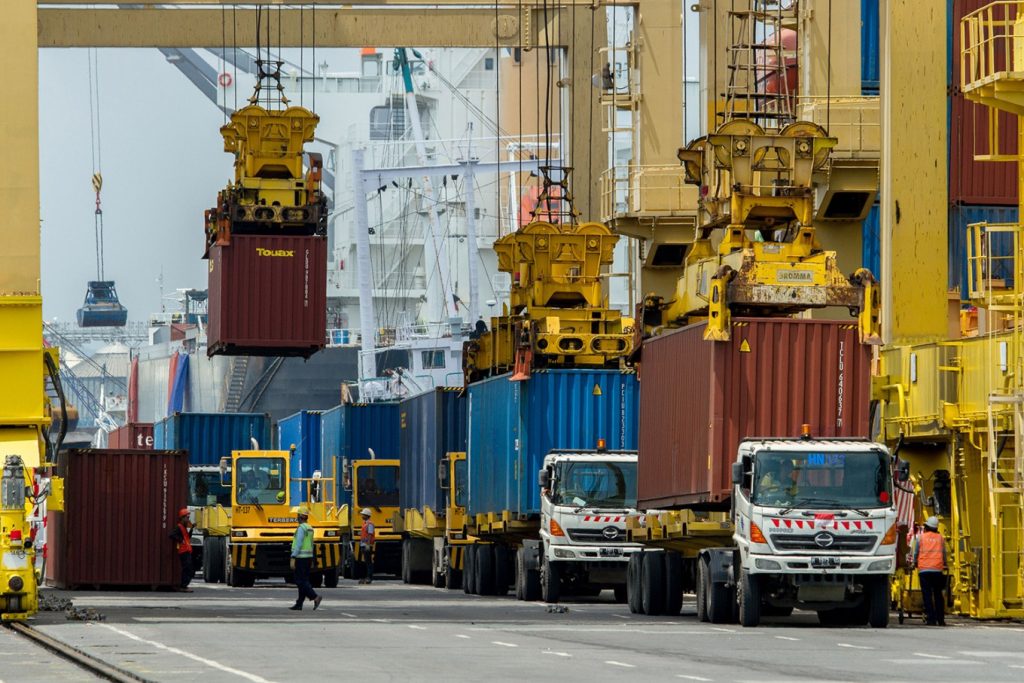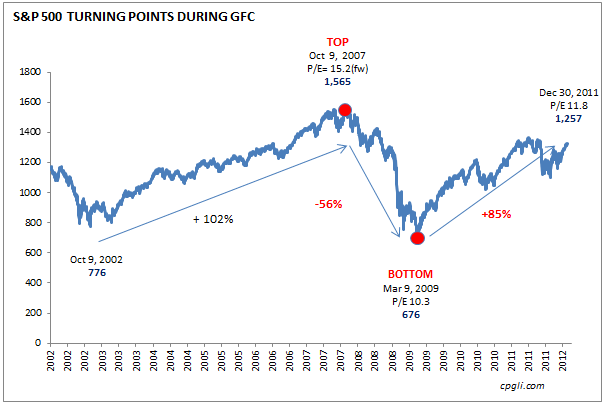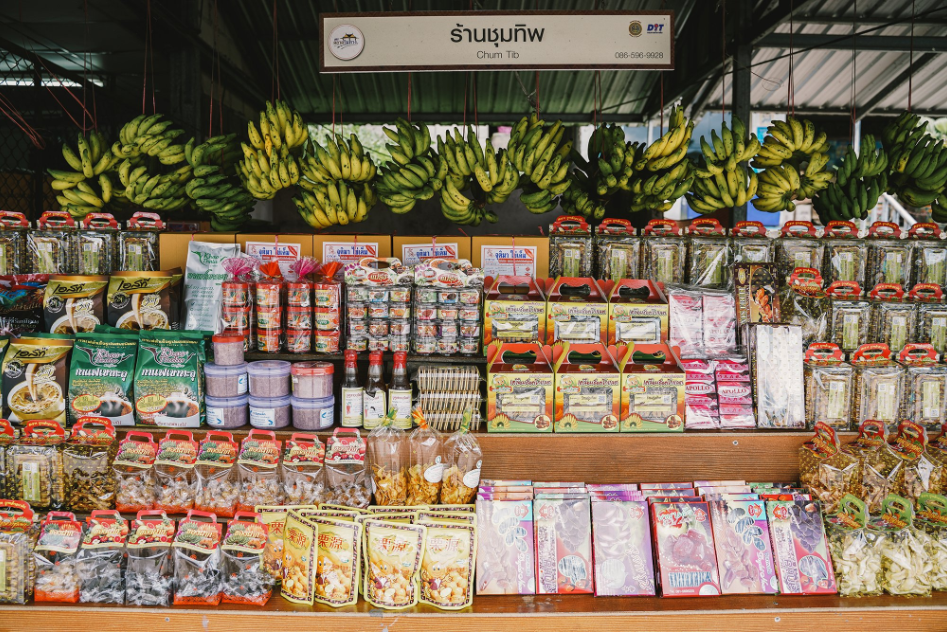
Exporting isn’t just about shipping products abroad. It’s about having a clear plan that matches your brand’s strengths, target market, and capacity.
Without strategy, you risk wasting time and money. With the right one, even small local brands can grow big internationally.
Here’s how to build an export strategy that’s realistic, focused, and works for you.
1. Define Why You Want to Export
Ask yourself:
- Do you want to increase sales?
- Expand brand recognition?
- Enter a niche market?
- Reduce dependency on local buyers?
Knowing your “why” helps you prioritize your next steps and avoid random decisions.
2. Choose the Right Product(s)
Not all products are export-ready. Focus on:
- Items with longer shelf life or stable packaging
- Products with a clear cultural or health appeal
- Items that already get good feedback from tourists or foreign buyers
Tip: Start with 1–2 flagship products, not your whole catalog.
3. Research Target Markets
Pick 1–2 countries first. Study:
- Market demand
- Consumer preferences
- Competition
- Import regulations and certifications required
- Price expectations
Don’t just go where “everyone else exports”—go where your product fits best.
4. Prepare Your Product for Export
Adapt your product for the target market:
- Label in English (or local language)
- Meet required certifications (HACCP, Halal, Organic, etc.)
- Adjust portion sizes or packaging for that market
- Ensure your logistics partner can handle safe delivery
Packaging and compliance can make or break your export deal.
5. Choose the Right Export Channels
Options include:
- Distributors/importers
- Overseas retailers
- Online marketplaces (Amazon, Etsy, Shopee International, etc.)
- Trade shows and expos
- Government-backed export programs
Each has pros and cons depending on your product and goals.
6. Set Realistic Goals and Timeline
Example:
- Month 1–2: Product research and documentation
- Month 3: Apply for certifications
- Month 4: Test shipping samples
- Month 5–6: Soft launch via small distributor or online sales
Track progress and be ready to adjust based on real buyer feedback.
7. Prepare to Scale Gradually
Once demand increases:
- Invest in better production systems
- Train your team for consistent quality
- Build better record-keeping and traceability
- Consider expanding SKUs or market reach
Don’t rush. Sustainable export growth > one-time big orders.
Conclusion
A good export strategy doesn’t follow someone else’s blueprint—it follows your brand’s reality.
Start small, stay focused, and build a reputation that lasts. With the right approach, your local product can earn a permanent place on global shelves.




















